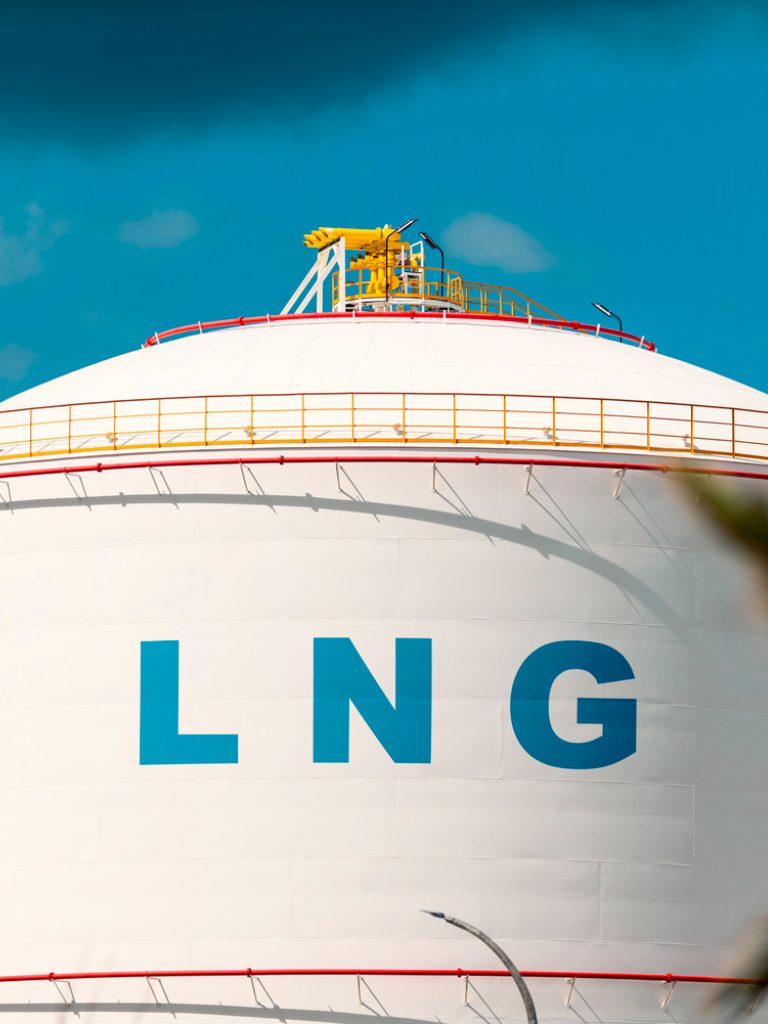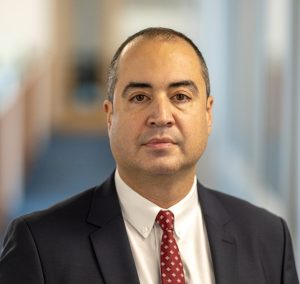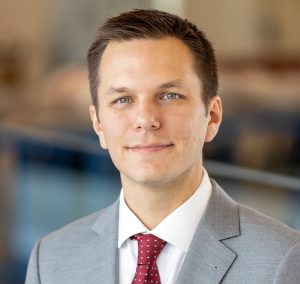Assessment of LNG Tanks and Piping Systems Using Fitness for Service Method

Liquefied natural gas (LNG) is produced by converting natural gas to a liquid state by cooling it down to -162°C. This phase change allows for more efficient transportation due to a 600-times reduction in volume. However, cryogenic service temperatures require using special materials and design methods for the safety of LNG storage and transfer systems. In this webinar, we will discuss our collaboration with industry representatives and regulators through multiple studies. We evaluated the response of single and full containment steel-steel tanks and piping systems to extreme loads that are not fully covered in design codes and performed fitness for service (FFS) assessments following API 579 guidelines. In these studies, we determined stresses in LNG containment systems for earthquake and abnormal operating loads. Additionally, we performed laboratory tests to characterize as-built material properties for our FFS assessment. Our presentation will share these case studies and FFS assessments from our research. Attendees will learn how LNG storage tanks and piping systems work, what the major hazards are, and how we can mitigate risks by using appropriate materials and advanced analysis methods.
LEARNING OBJECTIVES
After attending this webinar, participants will be able to:
- Understand how LNG gets stored and transported.
- Identify the types of materials required for cryogenic (cold) service.
- Recognize the need for FFS assessments.
- Discuss the risks of cryogenic temperatures for tanks and piping systems.
Participants will earn 1 AIA CES Learning Unit (LU/HSW) for attending the seminar. Registration is free. Please note that space is limited – email events@sgh.com to join our waitlist if the session is closed when you register.


